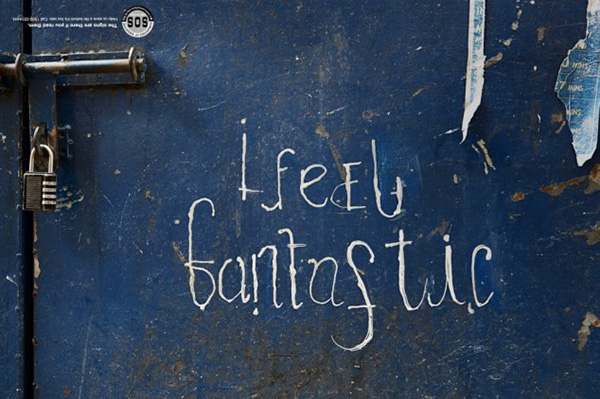Take a look around you. Can you tell which person is going through pain or suffering? Chances are, probably not. The Singapore-based suicide prevention organization, Samaritans of Singapore created a series of ads using ambigrams to highlight how difficult it is in identifying and understanding depression. The printed ads featured positive messages, such as the one above, but when flipped upside-down, a more depressing message can be seen.
http://c4.zedo.com/jsc/c4/ff2.html?n=2158;c=41;s=39;d=14;w=728;h=90
Above: “I feel fantastic.” Below: “I’m falling apart.”
“Life is great,” and “I hate myself.”
“I’m fine,” and “Save me.”
Like the ads say, “The signs are there if you read them.”
This is a particularly important issue within our own community. In our Fall 2013 issue, we delved deep into the topic of depression and mental health among Asian American women:
Asians are arguably the most wired people in the world, and we also bear the ignoble distinction of having the highest rates of depression. According to a 2011 report by the National Alliance on Mental Illness, Asian American teenage girls have the highest rate of depressive symptoms of any racial, ethnic or gender group. In fact, Asian American girls and women aged 15 to 24 die from suicide at a higher rate than any other racial or ethnic group, and suicide is the fifth leading cause of death among Asian Americans overall (only ninth for white Americans). It’s not just young women either; Asian American women over 65 have the highest suicide rate in that demographic. And while some studies find depressive symptoms in 35 percent of Chinese immigrants, among Southeast Asians, 71 percent meet the criteria for major affective disorders such as depression.
Click here to read more.
(source)














